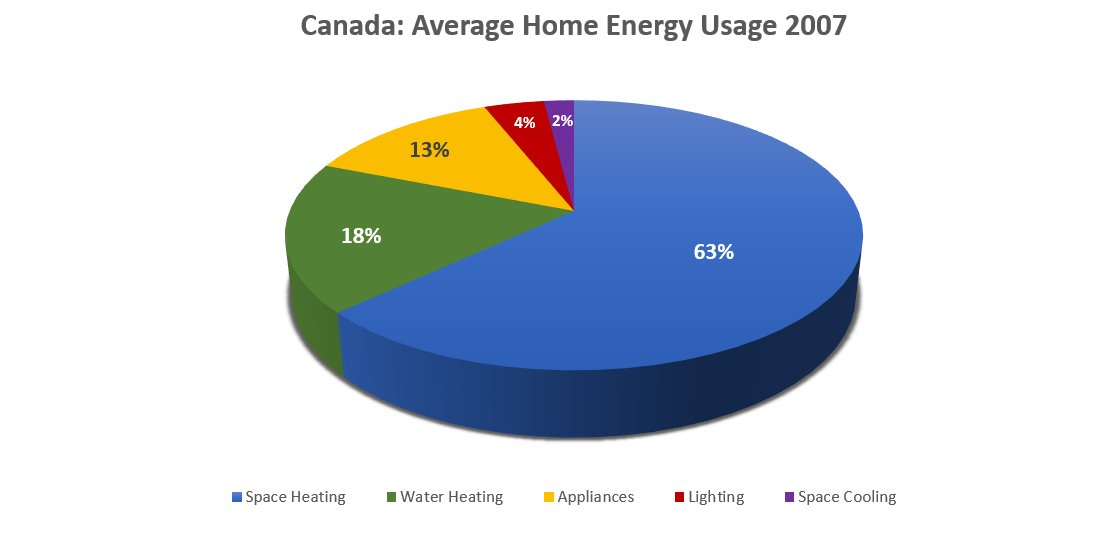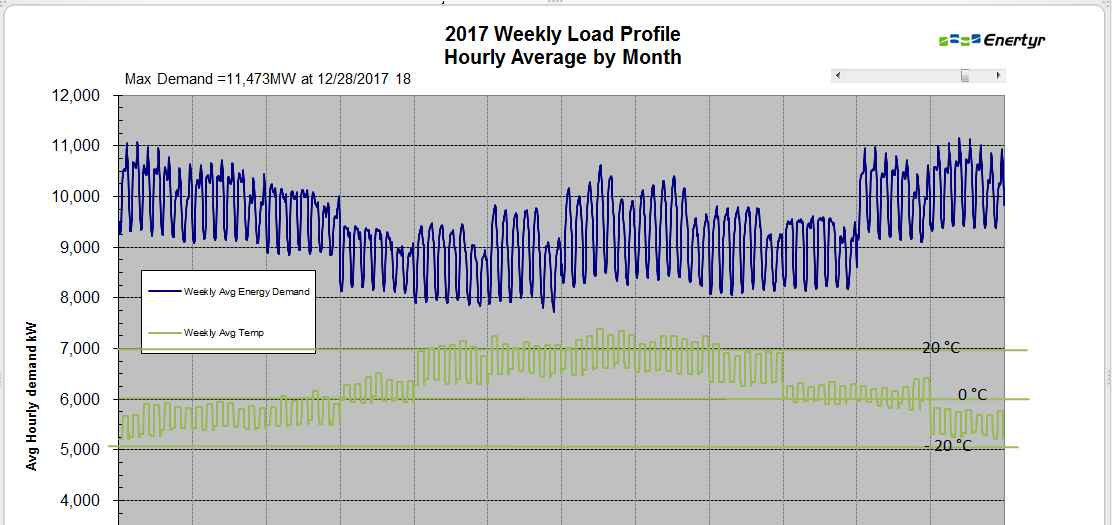Passionate about solar energy, electricity, and the future sustainability of our province? Well there is an event coming up you may want to attend.
The Solar Energy Society of Alberta (SESA) is hosting a free Solar Trade Show Saturday, April 6, 2019, at the NAIT CAT building, which will provide a great opportunity for those in attendance to network with solar enthusiasts.
The topic of solar has been pushed into the spotlight in Alberta recently and The Solar Trade Show will provide a number great resources for attendees looking to get involved in Alberta’s renewable energy future. There are a number of workshops planned, led by top industry professionals, to help educate consumers on a wide variety of topics including solar training opportunities, solar PV return on investment, financing solar projects, and much more.
In the summer of 2017, Energy Efficiency Alberta, a government agency dedicated to helping the province save energy, announced the Residential and Commercial Solar Program. The program offers rebates to homeowners, businesses and non-profits to install solar photovoltaic (PV) systems. With the program, homeowners can get up to 30% off solar panel installation, for a maximum rebate of $10,000, and businesses and non-profit organizations can get up to 25% off system costs, to a maximum rebate of $500,000. It is no surprise that solar power is top of mind for many in the province.
Since the program launched, more than 500 households and businesses have applied to participate in the Residential and Commercial Solar Program. When all approved installations are complete, this will represent 16 MW of new energy enough to power 2,700 homes for one year.
According to Energy Efficiency Alberta, by 2019 the program is expected to:
- Support the creation of jobs in Alberta’s solar sector.
- Cut solar installation costs by up to 30% for residences.
- Cut solar installation costs by up to 25% for businesses and non-profits.
- Reduce greenhouse gas emissions in the province by about half a million tonnes (the equivalent of taking 100,000 passenger vehicles off the road).
Attendees to the Solar Trade Show can expect to see variety of exhibitors ranging from solar installers, to educational providers. Kris Kasawski, Founder of Park Power, a local Energy Marketer who offers competitive energy rates to Albertans, will also be exhibiting.
Before launching Park Power in 2013, Kasawski spent time working with his brother Kyle, a 15-year veteran of the solar industry in Alberta. Kasawski remains passionate about its future development in Alberta. Visitors who come to see the Park Power booth at the SESA Trade Show can expect to meet a friendly face who can answer any questions they may have about having a grid tied solar system as well as learn more about their choices as a consumer in the Alberta utilities market.
 |
| Kris Kasawski, Founder of Park Power is passionate about the future of solar power in Alberta. |
“I am hoping to show consumers with solar PV systems that there are better choices for electricity providers available to them,” said Kasawski. “Not only are there companies out there that offer great Alberta based customer service and share their profits with awesome local charities, there are companies that provide premiums for solar PV micro-generation customers.”
Micro-generation is the production of electricity on a small scale, using renewable and alternative energy sources. Energy sources are typically solar and wind that are generated by individual home owners and small businesses, as well as municipal and community buildings to meet their electricity needs.
The micro-generation regulation, which was established in 2008, allows Albertans to meet their own electricity needs by generating electricity from renewable or alternative energy sources. In 2016, the regulation was amended to provide more flexibility for rules on how Albertans can generate electricity. One of the most notable changes was the size limit increase from 1 MW to 5 MW.
Under the regulation, micro-generators receive credits for the electricity they produce but do not consume. Micro-generators are paid for the electricity they export to the grid at the same rate they pay to import electricity from the grid. For example: If a customer is paying 6.30 cent/kWh for electricity imported from the grid, they will then be paid 6.30 cent/kWh for any electricity they export back to the grid.
In partnership with Utility Network and Partners Inc. (UTILITYnet), and Green Alberta Energy, Park Power and a number of other Energy Marketers in Alberta are offering the opportunity for Solar PV MicroGenerators to join our SOLAR CLUB Loyalty program.
“The Solar Club Loyalty program can help solar customers increase the earning potential of their solar system,” said Kasawski. “The fact that we offer a High Export Rate means that a customer with a solar system can earn more from their system in the high production months.”
When should Albertans start to think about investing in solar? Now is the time, according Kasawski.
“The future for solar in Alberta looks bright. We have a very good solar resource province wide and areas of South Eastern Alberta are some of the sunniest in Canada,” he said. “Having solar on your roof immediately reduces your electricity bills and as the price of solar continues to decline, and electricity prices climb from the 2017 record lows, the return on investment gets better. With the government incentives available, right now is a great time to consider solar as an investment for both residential and commercial applications.”
This is an exciting time for Albertans looking to get involved in the renewable energy sector and the upcoming SESA Solar Trade Show will be a great opportunity for Albertans to learn more about the options available to them.
If you already have solar on your home perhaps you should consider making Park Power your electricity provider to take advantage of our Solar Club Loyalty Program.
[tw_button link=”https://secure.parkpower.ca/mysecure/signup.html” size=”medium” rounded=”false” style=”flat” hover=”default” color=”#d1512a” target=”_blank”]Sign Me Up![/tw_button]
Learn More About Electricity in Alberta
[mc4wp_form id=”1180″]





